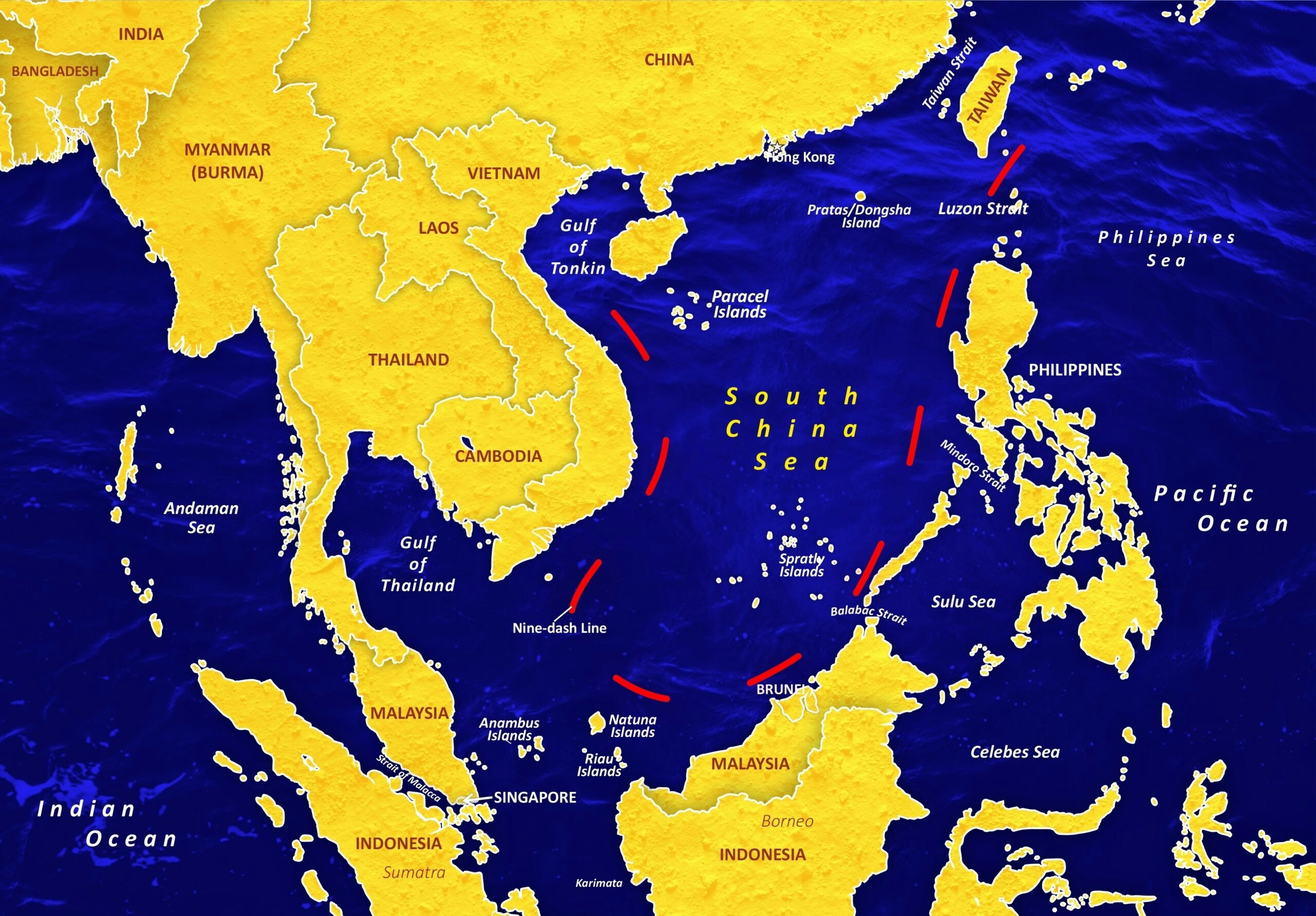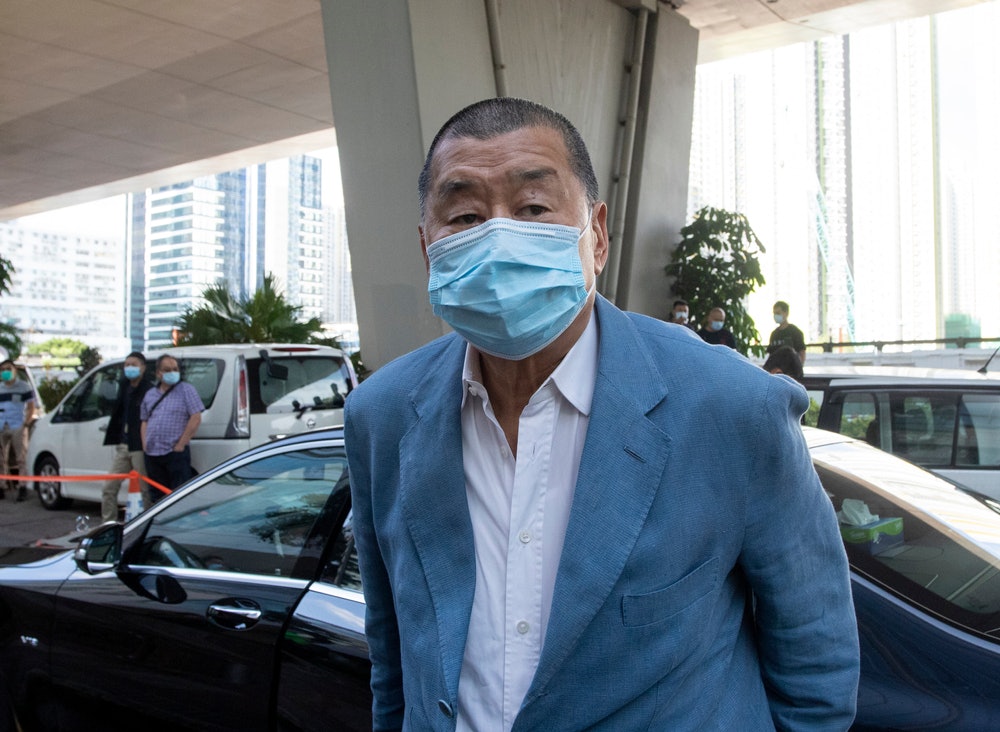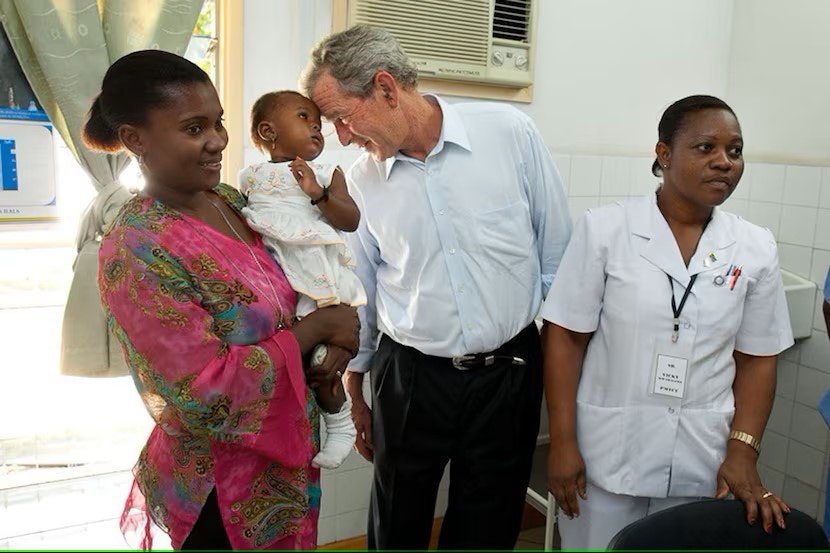Advancing the rights of youth around the world
What’s Next: our recommendations
- United States and international policymakers and philanthropists should invest in global programs that prevent and address gender-based violence and the oppression of adolescent girls and young women
- Public and private sector institutions should prioritize and expand programming that directly supports youth populations
- Leaders should elevate and amplify young voices in decision-making
More recommendations:
Domestic Excellence: · Immigration · Trade · Central America · Veterans · Education
Global Leadership: · North Korea · Democracy · Global Health · Burma · Women’s Leadership · Youth Empowerment
Never before in history have there been so many young people. In Africa alone, 60 percent of the continent’s population is under the age of 25, and by 2050 40 percent of the world’s population will be under the age of 18. Youth across the world could exemplify a generation of limitless potential if they are educated, healthy, and engaged in their community. However, many continue to grapple with poverty, unemployment, health risks, and violence.
According to an Organisation for Economic Co-Operation and Development (OECD) report the risk of poverty has dramatically shifted from those over the age of 65 to those between the ages of 18 and 25. For example, African youth are twice as likely to be unemployed upon entry to the workforce despite the millennial generation being the most educated to date. And across the Asia-Pacific region, young people account for nearly half of the region’s joblessness rate.
Health and well-being also remains a challenge. Though significant advancements have been made in the global fight against HIV/AIDS, adolescent girls and young women remain at the greatest risk — they represent 75 percent of new infections. And more than half of men under the age of 35 in Africa do not know their HIV status nor are they on treatment.
Poverty and lack of access to quality healthcare have a direct impact on a country’s long-term stability and growth. Hopelessness manifests disaffection. Frustration courts crises.
But empowerment can yield progress.
There is an African proverb that says, “It is the young trees that make up the forest.” As the influencers and innovators of tomorrow, youth also represent the possibilities of today. The United States and the international community must do a better job of engaging and supporting the next generation of leaders.
United states and international policymakers and PHILANTHROPISTS should invest in global programs that prevent and address gender-based violence and the oppression of adolescent girls and young women
Every 10 minutes, an adolescent girl dies as a result of violence, often at the hands of those closest to her — family members, caretakers, peers, and intimate partners. UNICEF reports that nearly 15 million girls aged 15 to 19 have experienced forced sex in their lifetime, with 9 million experiencing victimization in the last year alone.
When it comes to modern-day slavery, women and girls together account for more than 70 percent of trafficked persons globally, with girls representing two out of every three child-trafficking victims. And each year, 12 million girls are married before the age of 18 — that’s one girl every two seconds. As Girls Not Brides notes, “If current trends on child marriage continue, 150 million more girls will be married in childhood by 2030, with devastating consequences for the whole world.”
Violence against adolescent girls and young women remains one of the most widespread challenges of our time. Their well-being is intrinsically linked to security and prosperity at local, national, and international levels. Without sustained investment to uproot gender-based violence and inequality, cyclical instability grows. In some countries, violence against women and girls accounts for an estimated GDP loss of 3.7 percent — a financial impact equal to nearly double of what most governments spend on education.
U.S. and international leaders should invest in programs that address gender-based violence, and support greater advocacy on behalf of adolescent girls and young women.
public and private sector institutions should prioritize and expand programming that directly supports youth populations
Despite sizable obstacles, young people are already creating positive change in their communities and countries. As the Gates Foundation states, “Investing in young people’s health and education is the best way for a country to unlock productivity and innovation, cut poverty, create opportunities, and generate prosperity.”
But youth populations need increased support from both public and private sector institutions to ensure they reach their full potential.
One such effort is the Determined, Resilient, Empowered, AIDS-free, Mentored and Safe (DREAMS) partnership, launched by the President’s Emergency Plan for AIDS Relief (PEPFAR). DREAMS is a collaborative program that aims to reduce rates of HIV among adolescent girls and young women in the highest HIV-burdened countries. This includes a strong focus on structural drivers that directly and indirectly influence HIV risk for adolescent girls and young women, including inequality, gender-based violence, lack of education, and poverty.
DREAMS demonstrates the vital influence of collaboration from the public and private sector that prioritizes and directly engages target populations. Public and private sector leaders should learn from and build on programming models like DREAMS that directly promote and support youth populations.
Leaders should elevate and amplify young voices in decision-making
Young people have something to say and their perspective matters. Sadly, their voices are often overlooked and excluded from critical conversations directly impacting their lives and future.
Youth need and deserve a seat at the table. Collaborative dialogue and visible participation in policy-making processes ensures diverse vantage points are represented, especially when examining complex challenges. Young people are the voice of their generation and those to follow. Direct and active engagement between elected leaders, policy influencers, and young representatives provides a mutually beneficial opportunity to share needs and stories that may otherwise go unrecognized.
This could be accomplished in a variety of ways including expanding opportunities for youth advocates and youth-led organizations to testify before legislative leaders and participate in town halls.
Visible influencers, like first ladies, can also ensure young people have the chance to actively contribute. As bridge-builders between government and civil society, they are uniquely positioned to amplify local solutions and to elevate the participation of youth activists in critical policy discussions.
For example, Namibian First Lady Monica Geingos has collaborated with formal and informal partners, including students and educators, to open lines of communication and representation. She is disrupting the stigma and fortifying progress on issues like HIV/AIDS, violence, and education by leveraging her platform to ensure youth voices are heard. In so doing, Madame Geingos is having a direct impact on the country’s long-term stability and prosperity.
What happens around the world matters to us here at home. And in the pursuit of a more peaceful and prosperous future, the empowerment of young people is a proven force for progress. Public and private sector leaders must ensure greater prioritization on the well-being of youth populations. By investing in their success, we are investing in a better world where all individuals have the opportunity to thrive.





























